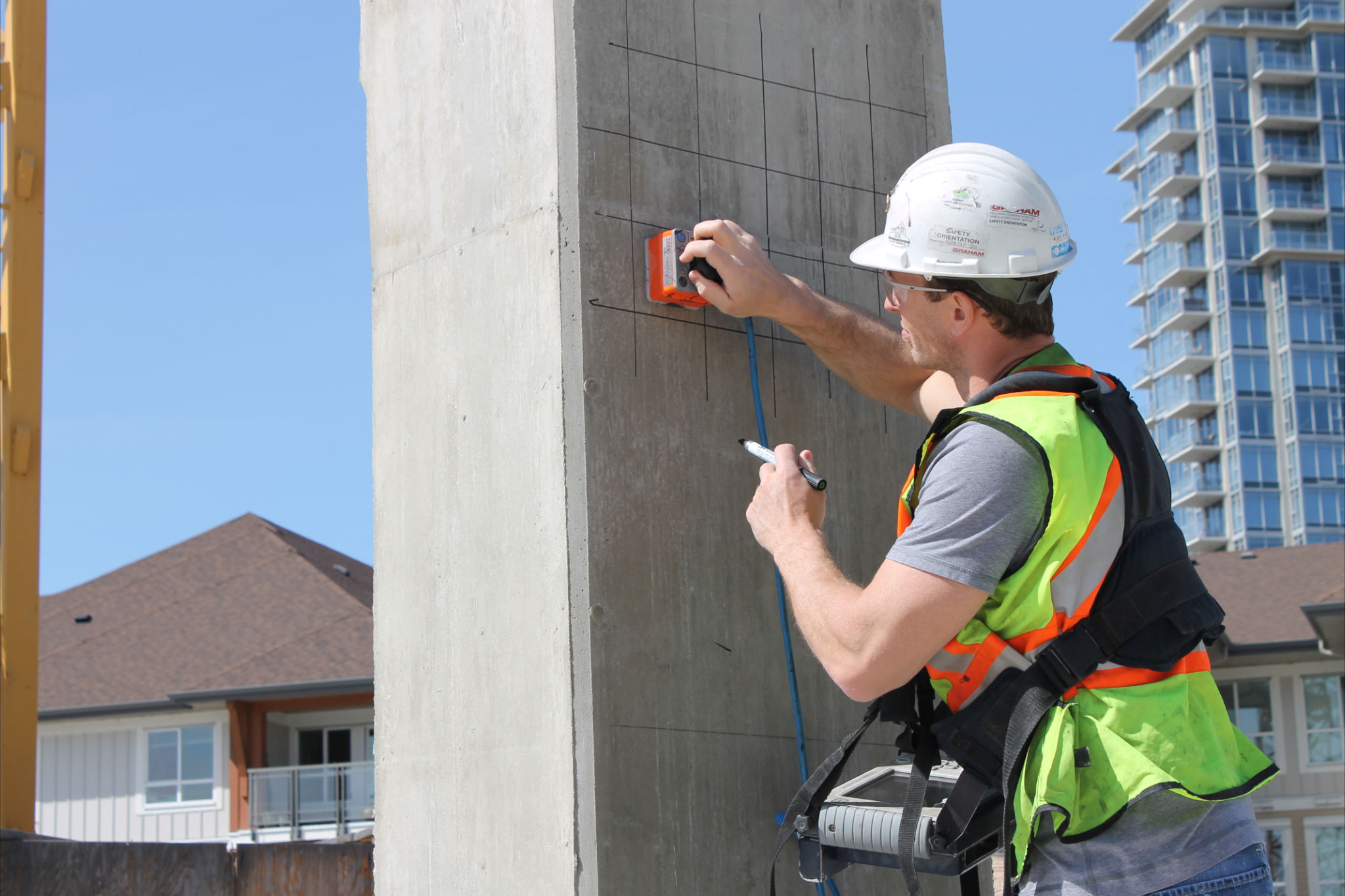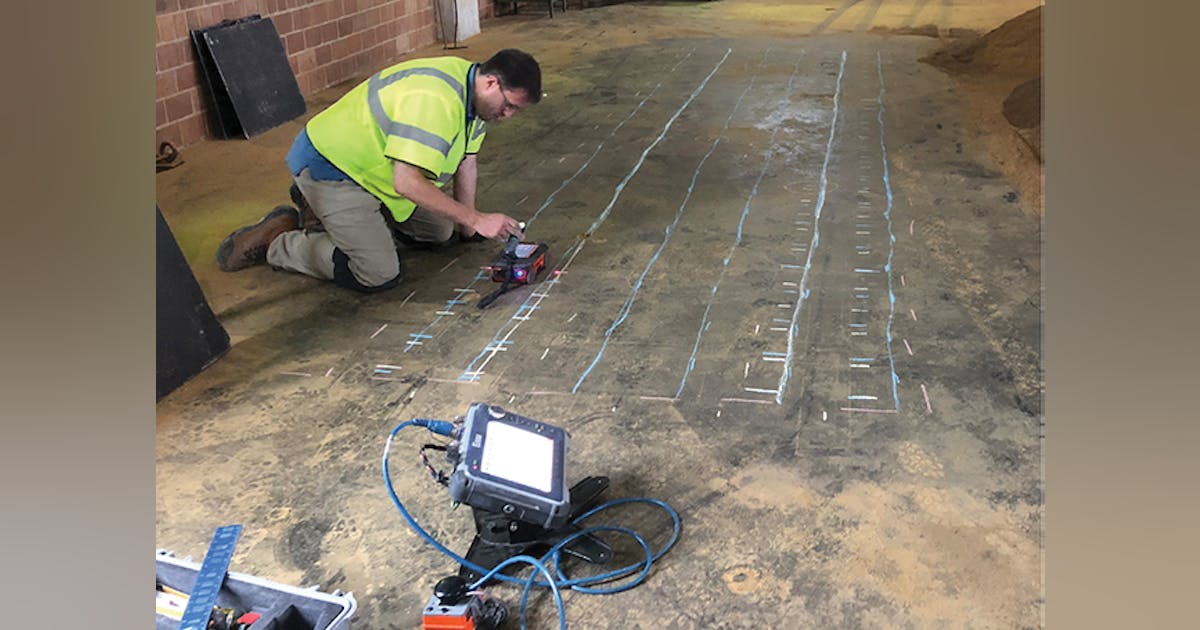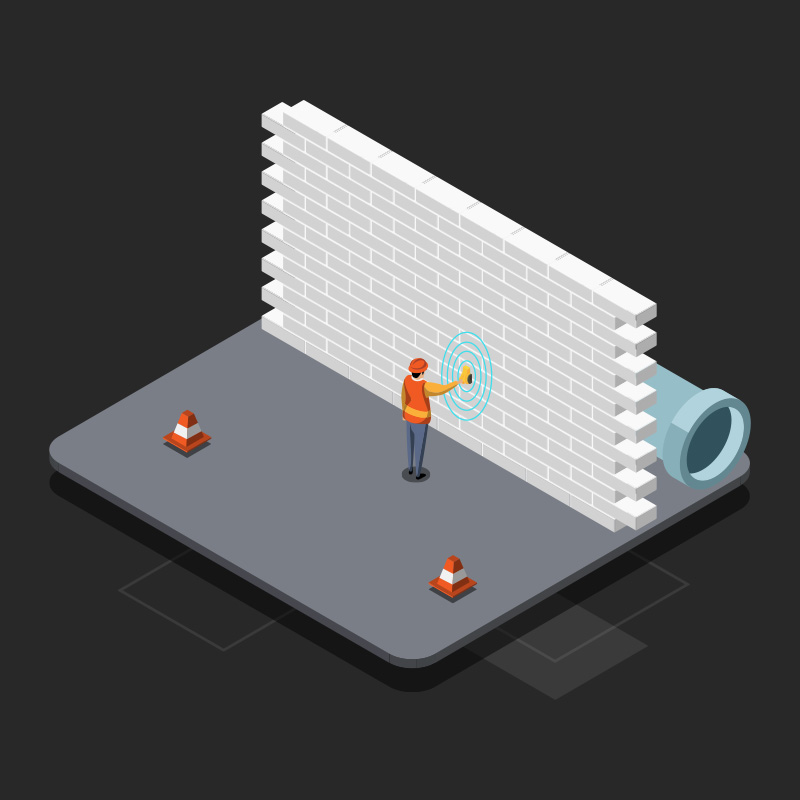Reliable Concrete Scanning Approaches for Construction Tasks
Reliable Concrete Scanning Approaches for Construction Tasks
Blog Article
Reveal the Transformative Power of Concrete Scanning in Making The Most Of Performance and Security
Concrete scanning has emerged as an essential device in the construction sector, using exceptional advantages in boosting task efficiency and guaranteeing safety and security requirements. By making use of advanced innovation, concrete scanning enables specialists to see beyond the surface, revealing hidden complexities that can affect the architectural integrity of a structure. The transformative power of concrete scanning depends on its ability to supply real-time information and in-depth understandings, revolutionizing just how jobs are prepared and executed. As we dig right into the intricacies of this cutting-edge strategy, a world of possibilities opens up, showcasing a brand-new era of construction methods that focus on accuracy and safety.
Importance of Concrete Scanning
Guaranteeing the architectural honesty and security of building projects starts with the critical step of carrying out extensive concrete scanning. Concrete scanning is a non-destructive method made use of to identify and map subsurface aspects within concrete structures. This procedure is necessary in recognizing possible dangers, such as rebar, post-tension cable televisions, and avenues, that may be hidden within the concrete. By utilizing innovative modern technologies like ground-penetrating radar (GPR) and electro-magnetic induction, construction groups can precisely locate these components without causing any kind of damage to the structure.
In addition, concrete scanning assists in maximizing task timelines and spending plan by staying clear of unexpected prices and hold-ups that might develop due to unanticipated blockages within the concrete. Inevitably, spending in detailed concrete scanning is an aggressive technique that improves both effectiveness and security in building and construction projects.
Just How Concrete Scanning Functions
Concrete scanning runs as a crucial device in building tasks by utilizing innovative modern technologies to identify and map subsurface components without triggering structural damage. Ground Passing Through Radar (GPR) and Electromagnetic Induction (EMI) are two main techniques utilized in concrete scanning.
During the scanning procedure, the data gathered is analyzed in real-time, allowing prompt identification of prospective hazards or challenges under the surface. This details aids in decision-making, making sure that construction activities proceed securely and efficiently. Furthermore, 3D imaging software program can be utilized to create topographic maps of the subsurface aspects, further improving task planning and implementation. By utilizing these advanced innovations, concrete scanning significantly minimizes the danger of pricey problems and injuries on construction sites.
Benefits of Concrete Scanning
Using innovative scanning technologies in construction tasks uses a wide variety of advantages, enhancing both efficiency and safety on-site. Among the key benefits of concrete scanning is the ability to find and find embedded objects such as rebar, post-tension cables, and conduits properly. By recognizing these components before drilling or reducing right into concrete structures, the threat of unintended strikes is significantly lowered, protecting against prospective injuries to employees and damage to the framework itself. In addition, concrete scanning aids in planning and developing a lot more effectively, as it offers accurate information regarding the area and deepness of structural parts.

Situation Studies: Concrete Scanning Success

In another instance, a construction business utilized 3D concrete scanning to assess the problem of maturing concrete frameworks in a historic structure. The thorough scans provided beneficial insights into the degree of deterioration and aided prioritize upkeep initiatives effectively. By proactively attending to locations of issue you could check here recognized through scanning, the business had the ability to extend the lifespan of the structure and guarantee passenger safety and security.
These case studies highlight the transformative power of concrete scanning in boosting efficiency, accuracy, and safety in building jobs.
Carrying Out Concrete Scanning in Projects
Executing innovative scanning modern technologies throughout building and construction tasks has actually come to be progressively important for improving accuracy and security. By incorporating concrete scanning into task planning and execution, construction teams can identify possible dangers, such as rebar or post-tension wires, concealed within concrete frameworks. This positive method reduces the threat of accidents, hold-ups, and expensive rework, eventually resulting in much more efficient task timelines and spending plans.
To carry out concrete scanning successfully, job managers need to work together closely with experienced scanning specialists to establish the most suitable scanning methods for the certain project needs. Involving scanning experts from the beginning of a job enables the team to create thorough scanning strategies that resolve vital locations of problem and ensure comprehensive data collection.
In addition, integrating concrete scanning into routine project process can improve decision-making procedures, as real-time scan information offers immediate insights right into the condition of concrete frameworks - Concrete Scanning. This data-driven method promotes notified analytic and allows groups to make adjustments immediately, fostering a society of efficiency and security throughout the job lifecycle

Conclusion
Finally, concrete scanning plays a critical role in boosting effectiveness and safety and security in construction projects. By utilizing sophisticated modern technology to map and identify out underlying structures within concrete, this process assists to stop pricey mistakes, make certain structural stability, and decrease threats on website. With the ability to discover concealed aspects and supply exact information, concrete scanning confirms to be a valuable tool for optimizing job results and maximizing overall success.
Concrete scanning is a non-destructive method made use of to spot and map subsurface elements within concrete structures. Additionally, concrete scanning helps in optimizing project timelines and spending plan by staying clear of unanticipated prices and hold-ups that may occur due to unanticipated obstructions within the concrete. One notable case research entails a large restoration job where concrete scanning played an important function in guaranteeing project success.In another case, a building and construction firm used 3D concrete scanning to evaluate the condition of maturing pop over to these guys concrete frameworks in a historic structure. By incorporating concrete scanning right into job planning and implementation, building teams can recognize prospective hazards, such as rebar or post-tension wires, hidden within concrete frameworks.
Report this page